From tabletop objects to more grand home furnishings, the things that fill our home have a cumulative effect on how we feel as well as the perception of our personal space. With intention at their core, the Ahmedabad-based, interdisciplinary design studio Design ni Dukkan blends human intuition with distinct materiality and finish to create such pieces with the power of presence. Proudly presenting Roop Aroop – ‘roop’ meaning form, ‘aroop’ meaning essence – this release represents a play on delicate forces that intertwine in a cohesive, holistic collection. Seven pieces, each with their own perspective and purpose, tell their own stories through the language of furniture.
Featuring collaborations with RaasLeela Textile and Majja Design Studio, Roop Aroop reimagines Gujarat’s Sujani quilting and Tamil Nadu’s Pathamadai pai weaving through a contemporary lens. Works such as the Rafiq ni Sujani Partition and Beevi Pai Swing celebrate the precision of handcraft while experimenting with new materials and forms. Interweaving brass, wood, and richly tactile surfaces, the following collection becomes a living dialogue between tradition and innovation.
Ras Bhari Chair by Design ni Dukaan
This flat-packed chair is an exercise in precision and modular thinking – a system of construction that forgoes welding in favor of complex joinery, held together by allen keys. Made from teakwood and solid milled brass, with brass pipes serving as structural connectors, the chair is envisioned as a kit of parts. And with elegant proportions, the contrasting, delicate brass detailing paired with solid forms for the seat and back find their centering along a symmetrical axis, beautifully mirroring itself. What’s more, armrests appear to float in space, adding to a sense of weightlessness.
Rafiq ni Sujani Foldable Partition by Design ni Dukaan x RaasLeela Textile
Delicate in its handiwork yet situated in a relatively heavy medium, the Rafiq ni Sujani Partition utilizes decorative embroidery upon quiltwork to create beautiful room screens. The double-cloth weaving technique interlaces warp and weft to form cotton-filled pockets. This layered construction creates a uniquely tactile surface, brought to life through the synchronized work of two artisans on a specialized loom. Usually thought to enclose a space, making it feel smaller, these instead add a unique depth, light in color yet with smart brass detailing to add to an overall sense of refinement.
Sangat Manch Center Table by Design ni Dukaan
Sangat Manch, the center table, is a poetic study in balance and tension. Initially inspired by the form of a parasol, it features a solid yet fluid teakwood slab with sweeping curves reminiscent of a mussel shell. Hand-carved with organic precision, the piece embodies both strength and softness. Beneath this sculptural form, a single brass cylinder anchors the table as it appears in visual tension. This cheeky moment is a playful industrial counterpoint to the warmth of the wood.
Banu Pai Cabinet by Design ni Kukaan x Majja Design Studio
A celebration of traditional Pathamadai pai weaving – a technique used for things like floor mats and table runners – the Banu Pai Cabinet makes storing objects a ritual while transforming a traditional textile into an architectural presence. By reimagining the mat beyond its utilitarian origins, it becomes something with volume, skin, and structure. Color and pattern add dimensionality. The familiar tactility remains, but its purpose evolves, infusing a timeless craft with renewed meaning. More than a vessel for objects, this cabinet holds stories – of material, memory, and making.
Beevi Pai Swing by Design ni Dukaan x Majja Design Studio
Again celebrating the versatility of Pathamadai mats, the Beevi Pai Swing transforms the traditional object into a dynamic, floor-standing two-seater furnishing. Inspired by Corbusian volumes, its teakwood frame is monolithic while the back and seat are wrapped in handwoven mats to follow the form’s gentle curves. Crafted by the women artisans of Pathamadai, the beige and indigo-dyed korai grass creates pixelated patterns that cascade like Tetris blocks.
Sukh Asan Floor Seat by Design ni Dukaan
Made for at home or on the go, out in nature, or at rest for meditation, the Sukh Asan chair is conveniently ready at a moment’s notice. It boasts a custom brass mechanism that allows the chair’s backrest to fold down smoothly serving both as a hinge and a structural support. Crafted entirely from solid teakwood, the seat and backrest are hand-shaped with a brushed finish to reveal the wood’s natural grain and organic flow. The upholstered seat offers gentle comfort, resting low on a teakwood base supported by discreet brass details. It embodies ease, adaptability, and quiet grace.
Gyaan Peeu Study Table by Design ni Dukaan
The Gyaan Peeu teakwood study table is both functional and deeply personal, serving as a quiet repository for memories – especially those who prefer slower, mindful rituals like writing. At its center lies a foldable writing desk, inspired by 1960s-era graphic designs, with panels that open to reveal small drawers. The larger drawers below provide generous storage for oversized objects. Its handles, crafted using Anuj Sharma’s Button Masala fabric-flower technique, add a distinctive handmade touch. The desktop is further adorned with patterned veneers, brass inlays, and playful panels of color. Completing the piece, a custom adjustable brass light offers focused illumination.
At its core, Roop Aroop embraces the idea that craft is not a relic of the past, but a language that must evolve with the way we live today. By bringing together designers from diverse disciplines, the showcase seeks to sustain and reinterpret ancestral techniques, ensuring they remain vital within modern life. In merging heritage with present-day sensibilities, it reinforces the role of craftsmanship as both relevant and restorative. Through objects that invite touch and use, Roop Aroop rekindles a bond between maker and user – reminding us that the soul of our homes resides not merely in what we possess, but in the stories they help us preserve.
To learn more about Roop Aroop and the makers behind it, please visit designnidukaan.com.
Photography by Roshan.
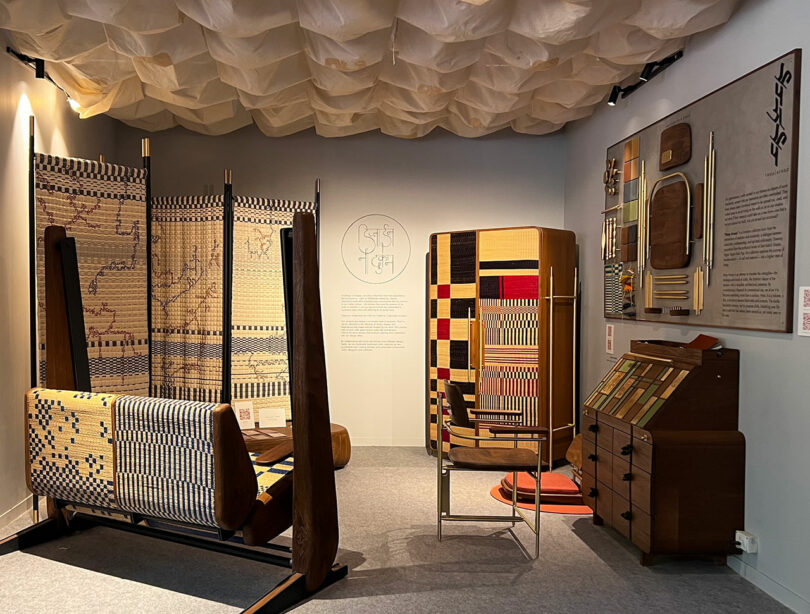
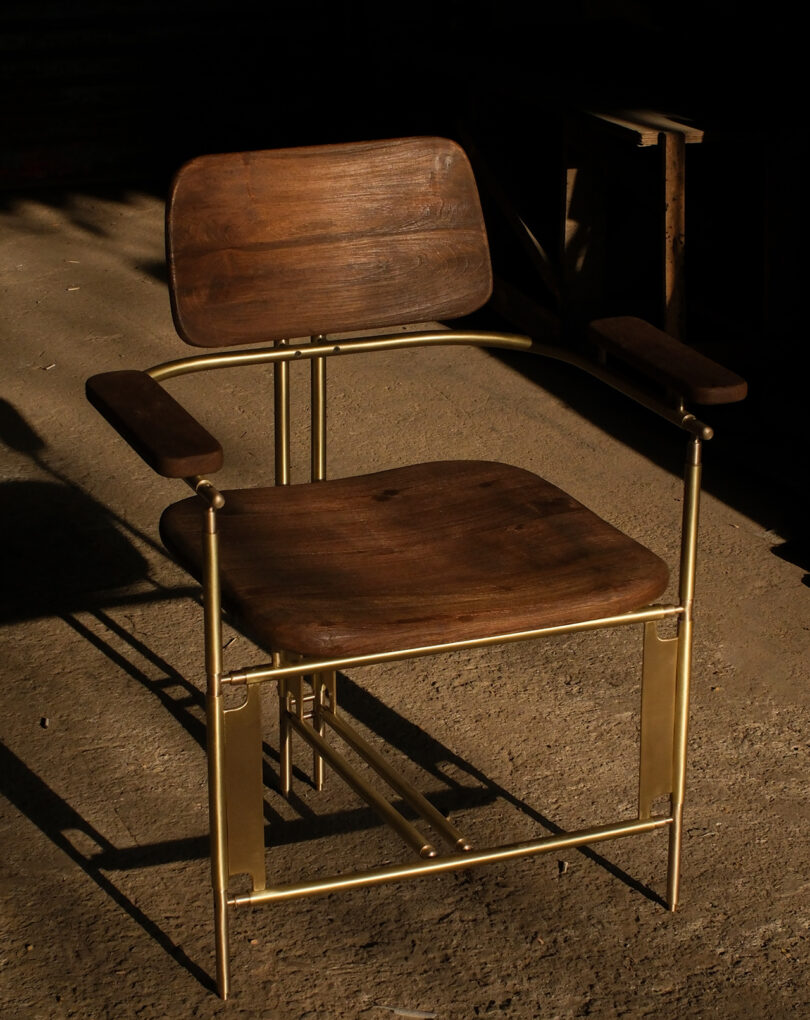

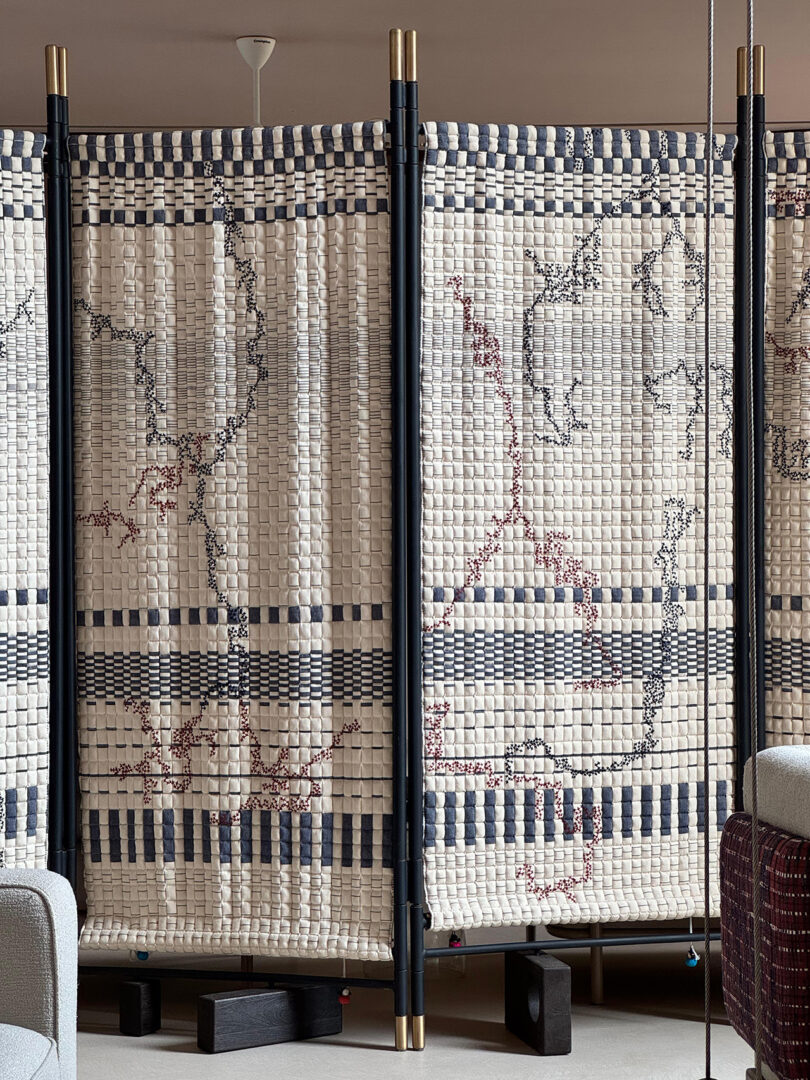

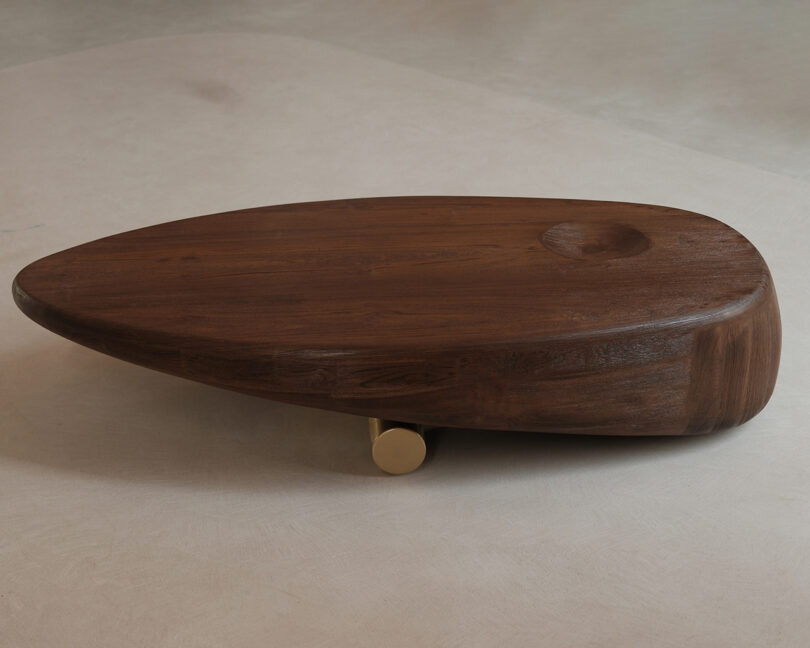
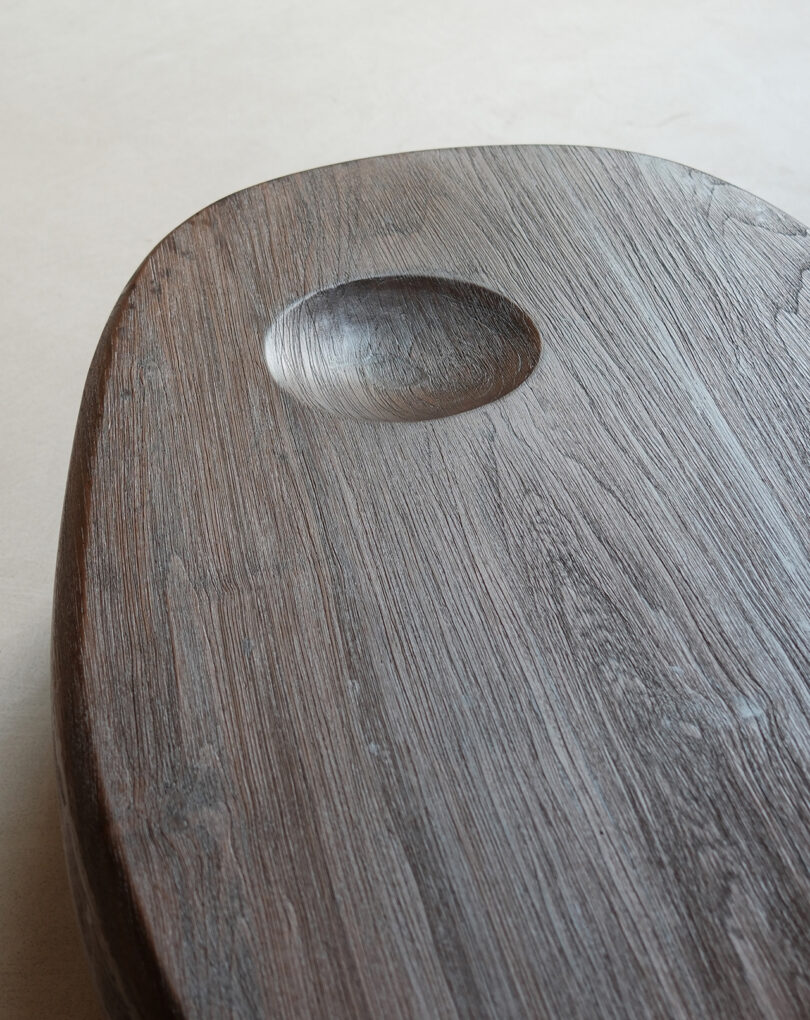
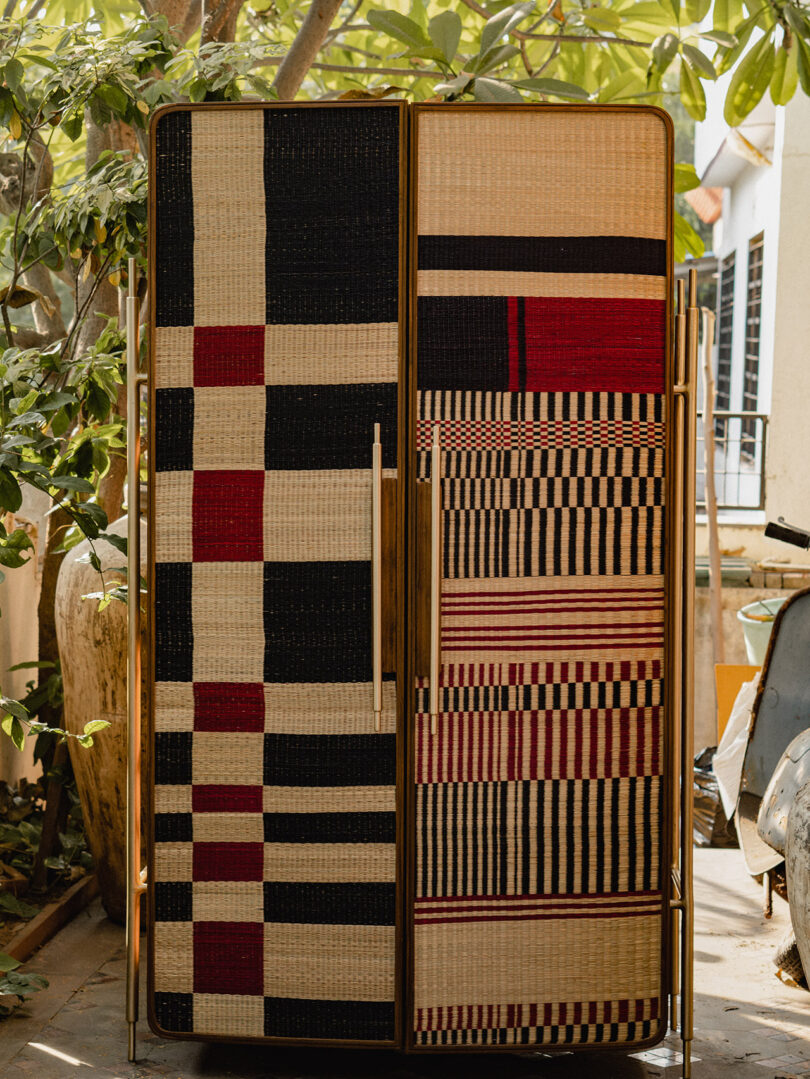
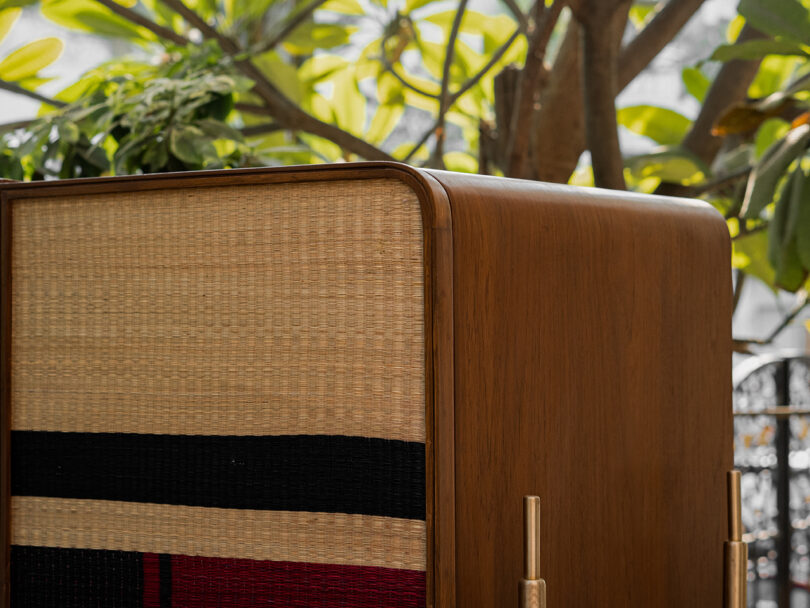

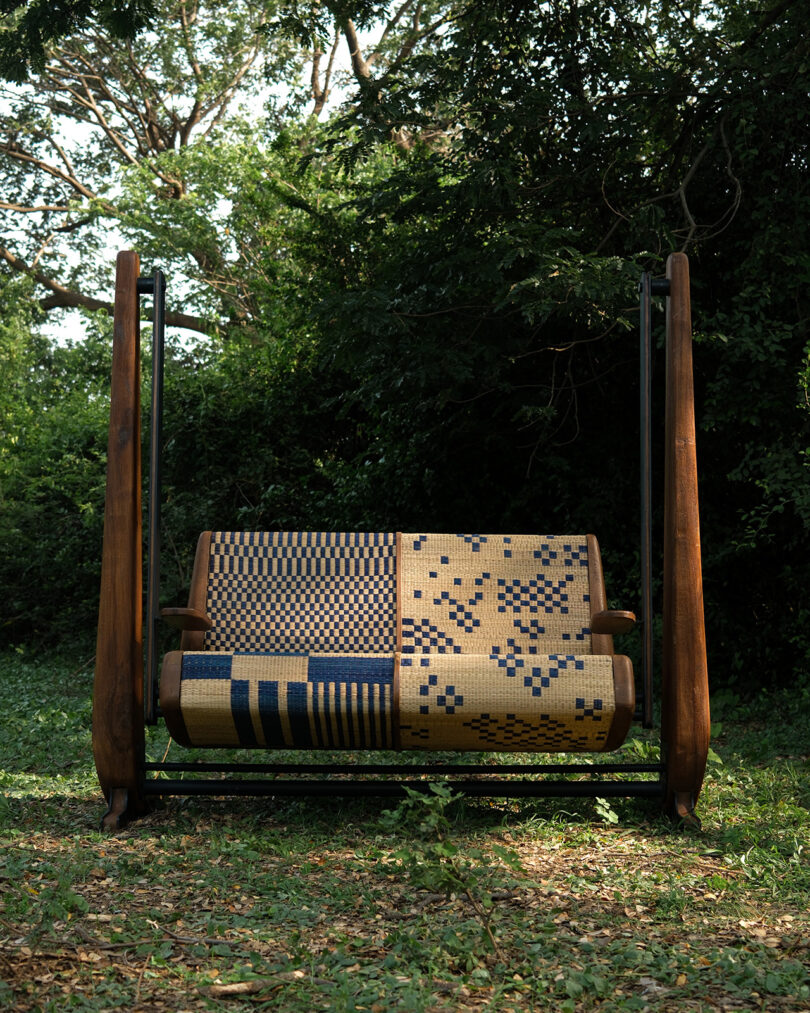

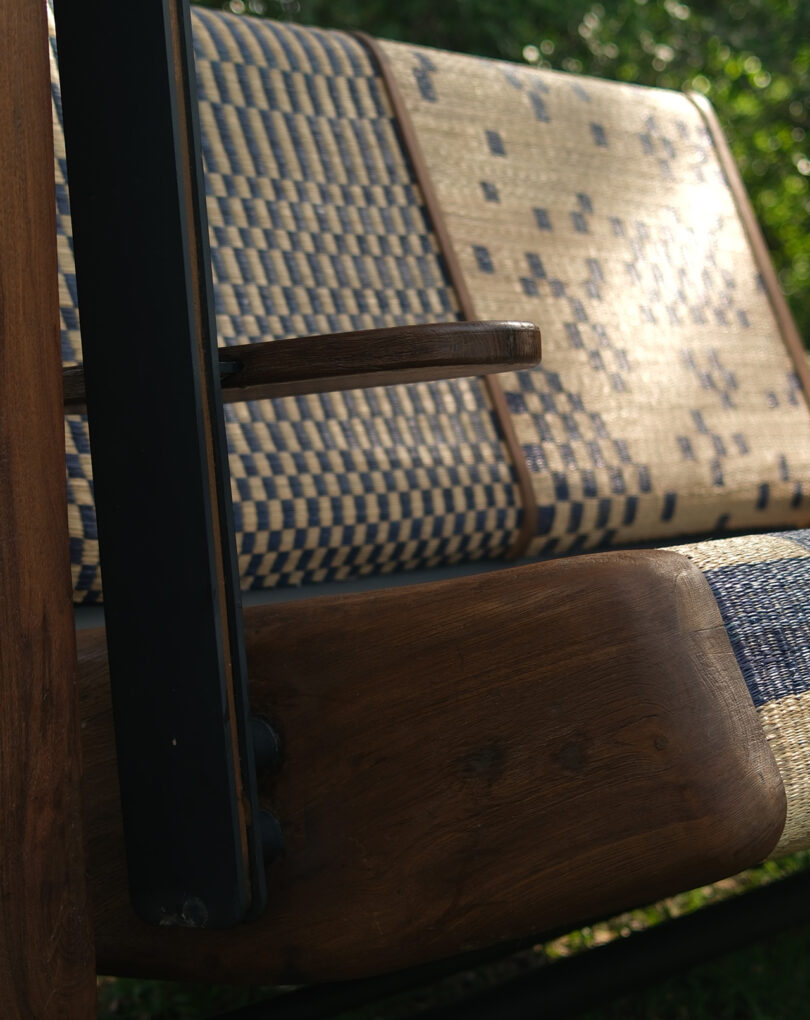


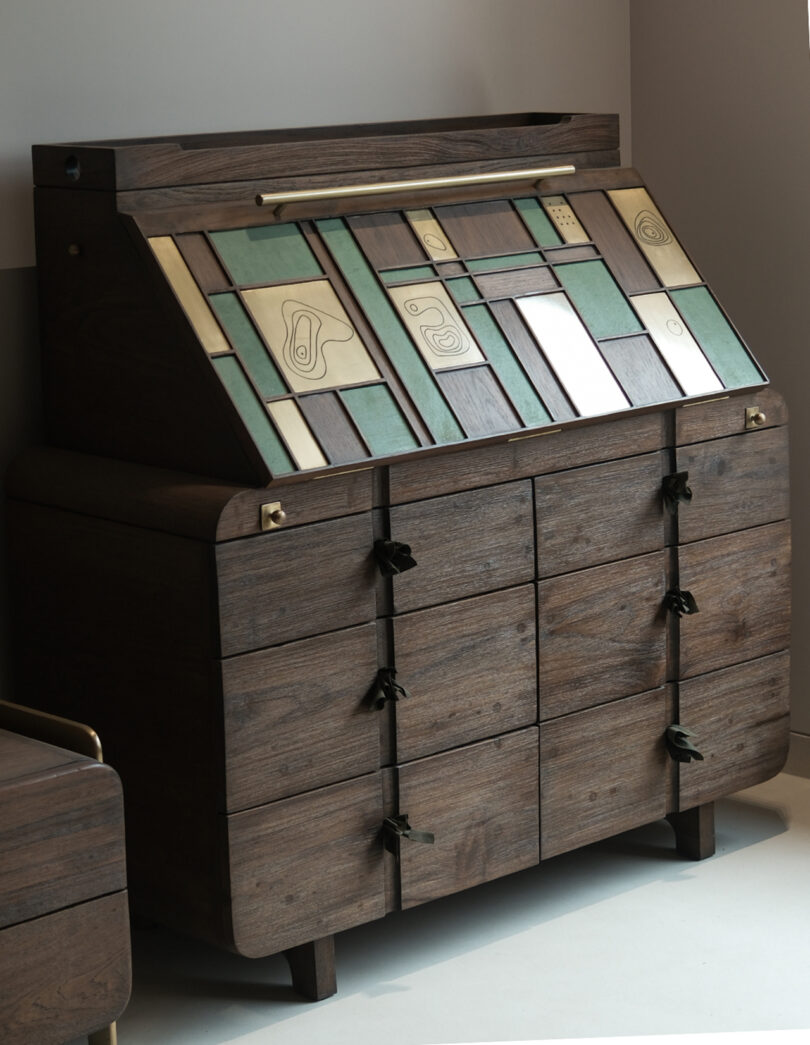
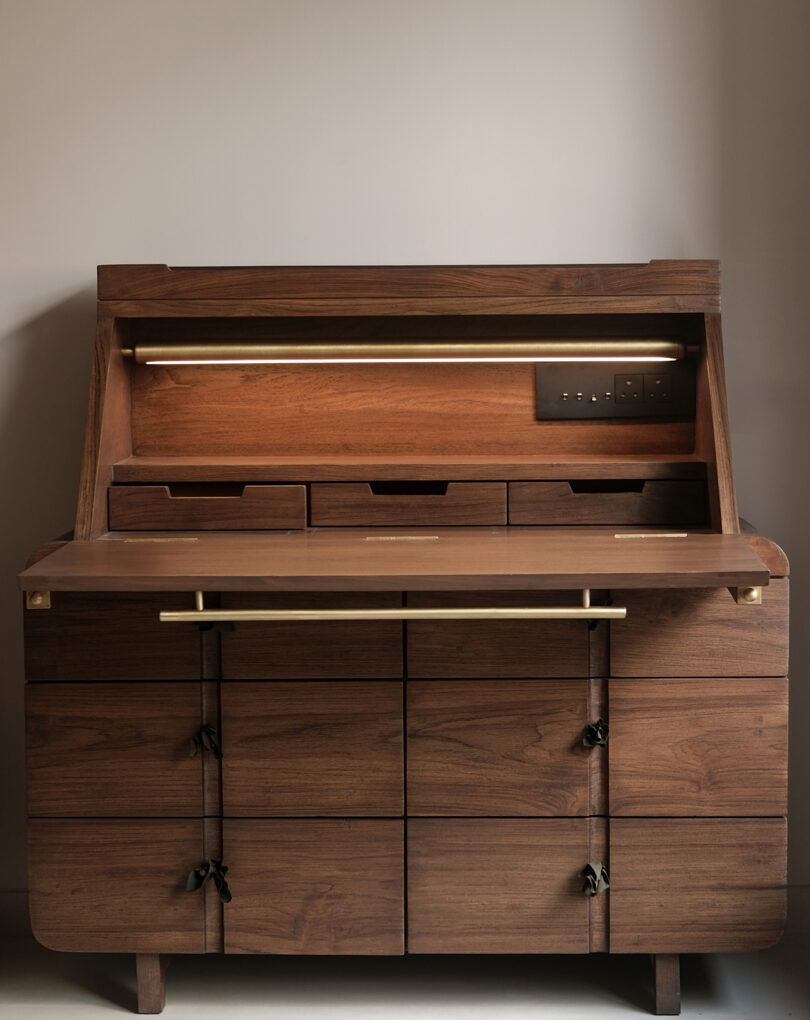
 FANTESTICRYAN Small Animal Statues Home Decor Modern Style Black Decorative Ornaments for Living Room, Bedroom, Office Desktop, Cabinets…BUY NOW
FANTESTICRYAN Small Animal Statues Home Decor Modern Style Black Decorative Ornaments for Living Room, Bedroom, Office Desktop, Cabinets…BUY NOW






